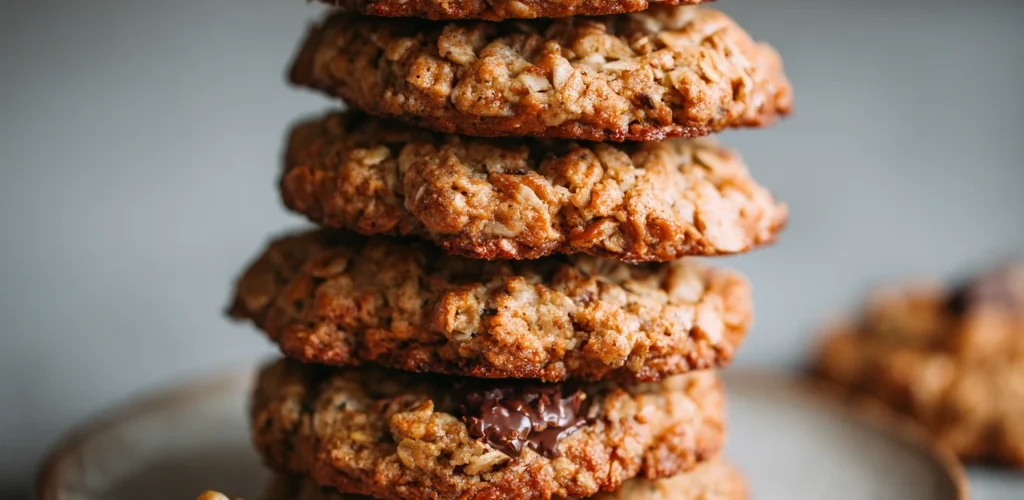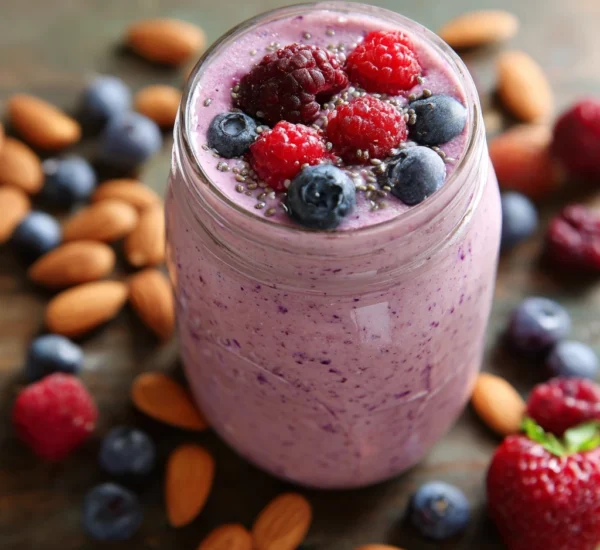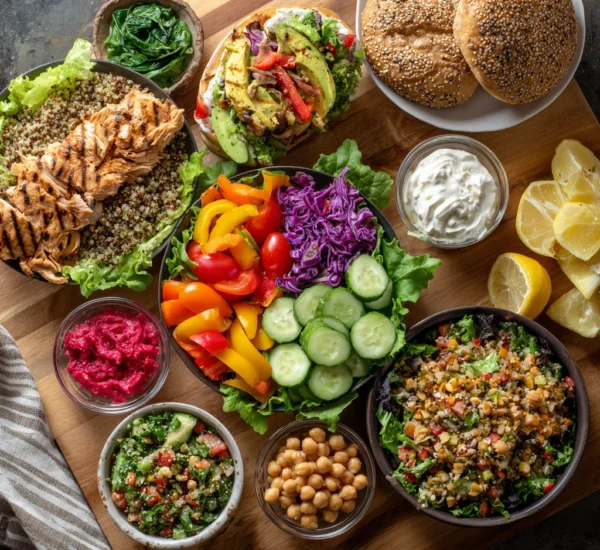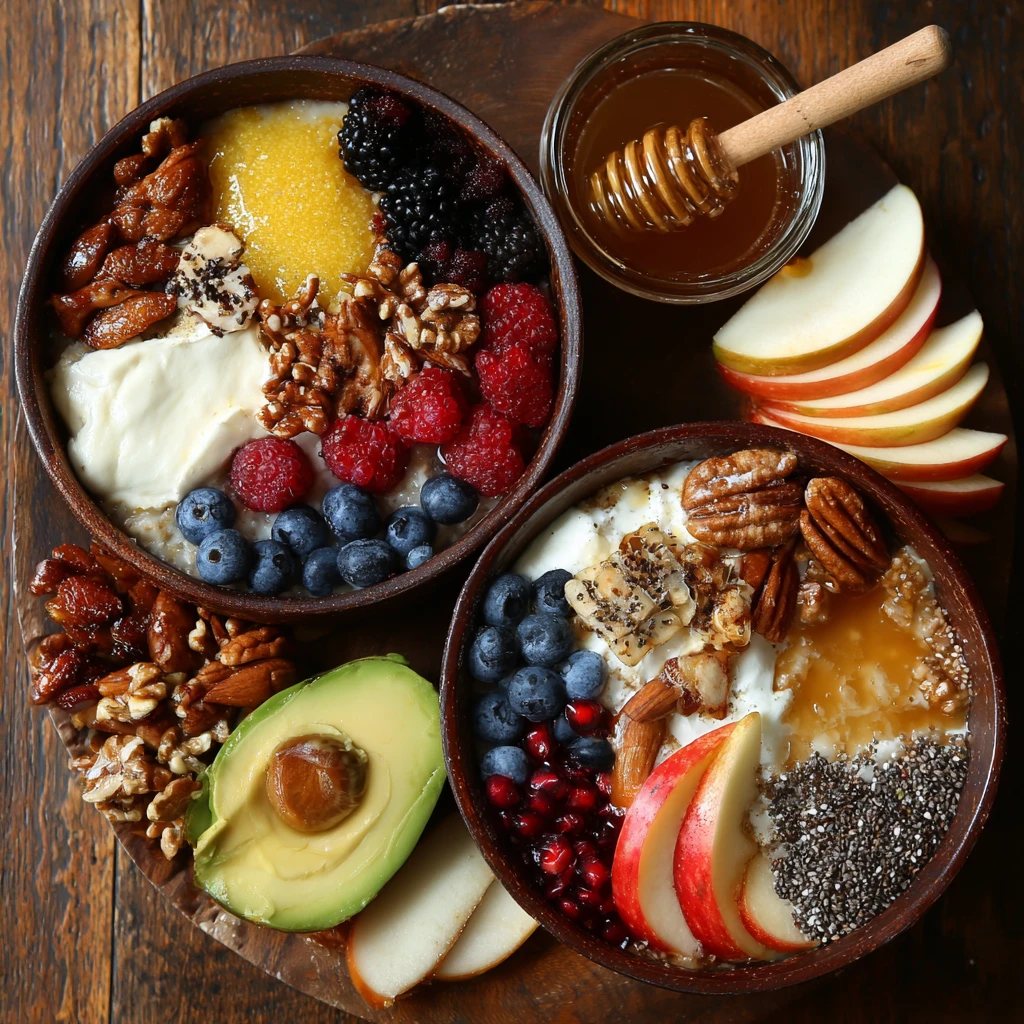The Secret to Naturally Sweet Recipes: A Comprehensive Guide
Introduction: Embracing Natural Sweetness
In a world increasingly aware of the drawbacks of refined sugars, many are turning to natural alternatives to sweeten their recipes. This guide explores the world of natural sweeteners, offering insights into their benefits, uses, and how to effectively incorporate them into your cooking and baking. We’ll delve into the science behind natural sweetness and provide practical tips for creating delicious and healthy treats without sacrificing flavor. Whether you’re looking to reduce your sugar intake, explore new flavors, or simply adopt a healthier lifestyle, this guide will equip you with the knowledge and tools to create naturally sweet recipes that are both satisfying and nourishing.
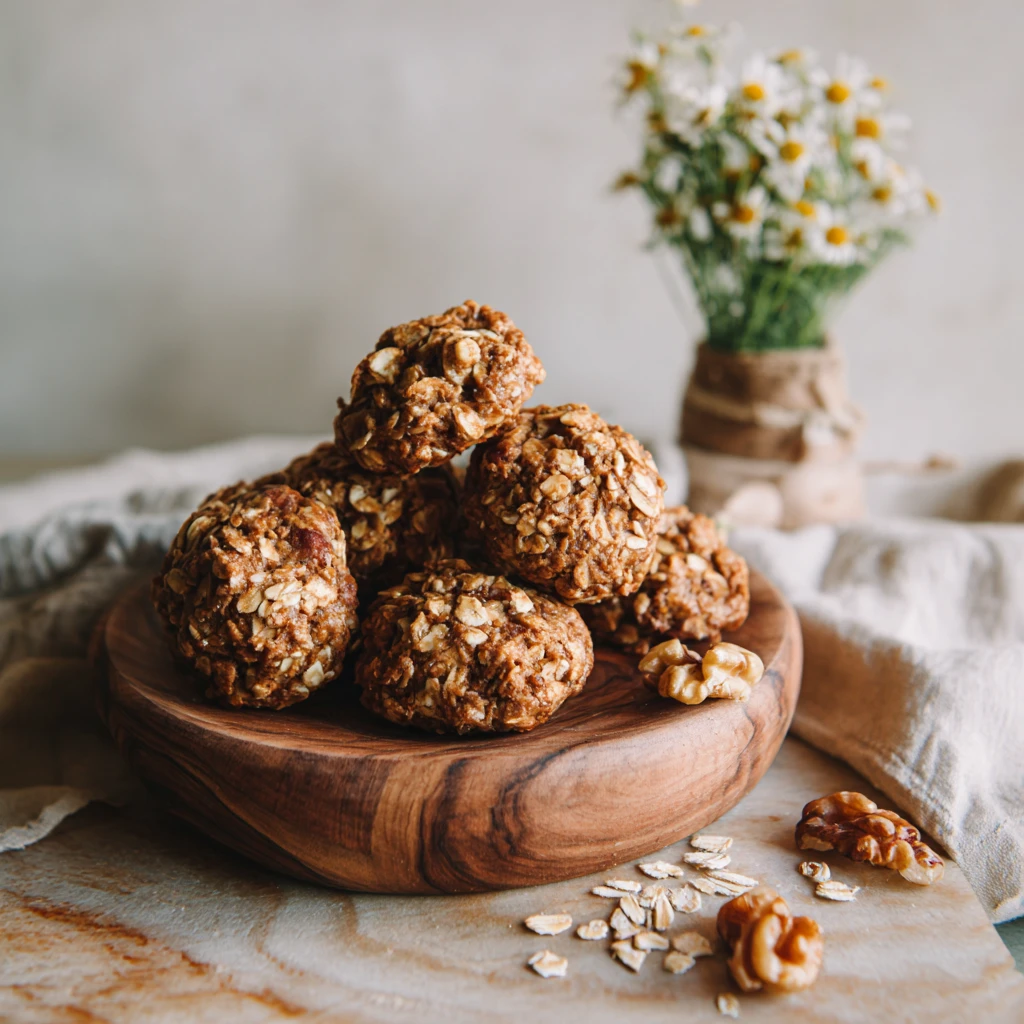
Unveiling the Best Natural Sweeteners
The market offers a wide array of natural sweeteners, each with its own unique properties and flavor profile. Understanding these differences is crucial for selecting the right sweetener for your specific recipe.
Honey: Nature's Liquid Gold
Honey, a classic natural sweetener, boasts a rich history and diverse flavor depending on the floral source. It contains antioxidants and trace minerals, offering more than just sweetness. However, honey is higher in fructose than glucose, and should be used in moderation, especially for those monitoring blood sugar levels. When baking, reduce the liquid content of your recipe slightly to compensate for honey’s moisture.
Maple Syrup: A Taste of the Forest
Maple syrup, derived from the sap of maple trees, is another popular choice. Its distinct caramel-like flavor enhances both sweet and savory dishes. Choose pure maple syrup (Grade A or B) for the best flavor and nutritional value. Maple syrup contains antioxidants and minerals like manganese and zinc. Like honey, it should be used in moderation due to its sugar content. It works particularly well in pancakes, waffles, oatmeal, and baked goods like muffins and cookies.
Dates: The Fiber-Rich Sweetener
Dates are a nutritional powerhouse, packed with fiber, vitamins, and minerals. They can be used in various forms, from whole dates to date paste or date syrup. Date paste is excellent for binding ingredients in energy balls or creating a caramel-like flavor in desserts. Dates offer a slower release of sugar compared to refined sugars, thanks to their high fiber content. When using dates, remember their chewy texture; soaking them in warm water can soften them for easier blending.
Stevia: Zero-Calorie Sweetness
Stevia, extracted from the stevia plant, is a zero-calorie sweetener that has gained popularity in recent years. It’s significantly sweeter than sugar, so a little goes a long way. Some people find stevia has a slightly bitter aftertaste, but this can be minimized by choosing high-quality stevia extracts or blending it with other natural sweeteners. Stevia is suitable for those with diabetes or those looking to reduce their calorie intake. It’s best used in recipes where a minimal amount of sweetener is required, such as beverages or sauces.
Monk Fruit: Another Calorie-Free Option
Monk fruit, similar to stevia, is a zero-calorie sweetener derived from the monk fruit plant. It’s also much sweeter than sugar and doesn’t typically have the same bitter aftertaste that some experience with stevia. Monk fruit is a good option for those seeking a natural, calorie-free sweetener that doesn’t significantly impact blood sugar levels. Like stevia, it’s often blended with other natural sweeteners to balance the flavor.
Coconut Sugar: A Granular Alternative
Coconut sugar, derived from the sap of coconut palm flowers, has a lower glycemic index than refined sugar, meaning it releases sugar into the bloodstream more slowly. It has a mild caramel flavor and can be used as a 1:1 substitute for granulated sugar in most recipes. Coconut sugar also retains some of the minerals found in coconut sap, such as iron, zinc, and potassium.
Fruit Purees: Sweetness and Nutrition
Fruit purees, such as applesauce, mashed bananas, or pumpkin puree, can add natural sweetness and moisture to baked goods. They also contribute valuable vitamins, minerals, and fiber. When using fruit purees, reduce the amount of oil or butter in your recipe to maintain the desired texture. Applesauce is particularly effective in muffins and cakes, while mashed bananas add a creamy sweetness to breads and cookies.
Mastering the Art of Substitution
Converting traditional recipes to naturally sweetened versions requires a bit of experimentation and understanding of how different sweeteners interact with other ingredients.
Adjusting Liquid Content
Many natural sweeteners, like honey and maple syrup, are liquids. When substituting them for granulated sugar, reduce the amount of liquid in the recipe by about ¼ cup for every cup of liquid sweetener to prevent the batter from becoming too thin.
Balancing Flavors
Natural sweeteners have distinct flavors that can complement or clash with other ingredients. Consider the flavor profile of your chosen sweetener and how it will interact with the other flavors in the recipe. For example, maple syrup pairs well with cinnamon and nuts, while honey complements citrus and berries.
Understanding Sweetness Levels
Different natural sweeteners have varying levels of sweetness compared to refined sugar. Use a conversion chart as a guide, but be prepared to adjust the amount of sweetener to your taste. Stevia and monk fruit are much sweeter than sugar, so start with a small amount and add more as needed.
Experimenting with Textures
Natural sweeteners can affect the texture of your baked goods. Honey and maple syrup can make items moister, while dates can add a chewy texture. Experiment with different combinations of sweeteners and other ingredients to achieve the desired texture. Adding a small amount of tapioca starch or arrowroot powder can help bind the ingredients and improve the texture of gluten-free baked goods.
Considering the Glycemic Index
For those concerned about blood sugar levels, the glycemic index (GI) of a sweetener is an important factor to consider. Lower GI sweeteners, such as stevia, monk fruit, and dates (due to their fiber content), release sugar into the bloodstream more slowly than higher GI sweeteners like honey and maple syrup.
Delicious Naturally Sweet Recipes to Try
Putting your newfound knowledge into practice is the most rewarding part. Here are a few recipe ideas to get you started:
Oatmeal Cookies Sweetened with Dates and Applesauce
These wholesome cookies are packed with fiber and natural sweetness. Instead of refined sugar, use a combination of date paste and applesauce to sweeten them. Add oats, nuts, and spices for a satisfying and healthy treat.
Banana Bread with Maple Syrup and Coconut Sugar
This classic comfort food gets a healthy makeover with natural sweeteners. Use maple syrup and coconut sugar to sweeten the bread, and add mashed bananas for extra moisture and flavor. Consider adding walnuts or chocolate chips for added indulgence.
Energy Balls with Dates and Nuts
These no-bake energy balls are a perfect snack for a quick energy boost. Use dates as the base, and add nuts, seeds, and dried fruit for added flavor and nutrition. You can also add a touch of cocoa powder or shredded coconut for extra flavor.
Chia Seed Pudding with Berries and Honey
This simple and healthy dessert is a great way to satisfy your sweet cravings. Combine chia seeds with almond milk or coconut milk, and sweeten with a drizzle of honey. Top with fresh berries for added flavor and antioxidants.
Sweet Potato Pie with Maple Syrup
Transform your classic sweet potato pie into a healthier dessert using maple syrup as the main sweetener. The earthy sweetness of the sweet potatoes pairs perfectly with the caramel notes of the maple syrup. A touch of cinnamon and nutmeg elevates the flavors.
Troubleshooting Common Issues
Even with the best intentions, natural sweeteners can sometimes present challenges. Here’s how to address common issues:
Bitter Aftertaste with Stevia
If you experience a bitter aftertaste with stevia, try using a high-quality stevia extract or blending it with other natural sweeteners like erythritol or monk fruit.
Dryness in Baked Goods
If your baked goods are too dry when using natural sweeteners, try adding a tablespoon or two of applesauce or mashed bananas to the batter.
Lack of Browning
Natural sweeteners may not caramelize as readily as refined sugar, resulting in less browning in baked goods. To encourage browning, try brushing the top of the baked goods with a mixture of maple syrup and water before baking.
Texture Issues
If your baked goods are too dense or gummy, try using a combination of different natural sweeteners and adjusting the amount of liquid in the recipe.
Recipes Not Rising
Some natural sweeteners don’t provide the same structure that sugar does in baking, making it harder for some recipes to rise. To address this, make sure your baking powder or soda is fresh, and consider adding a tablespoon of lemon juice or apple cider vinegar to the batter to activate the leavening agents.
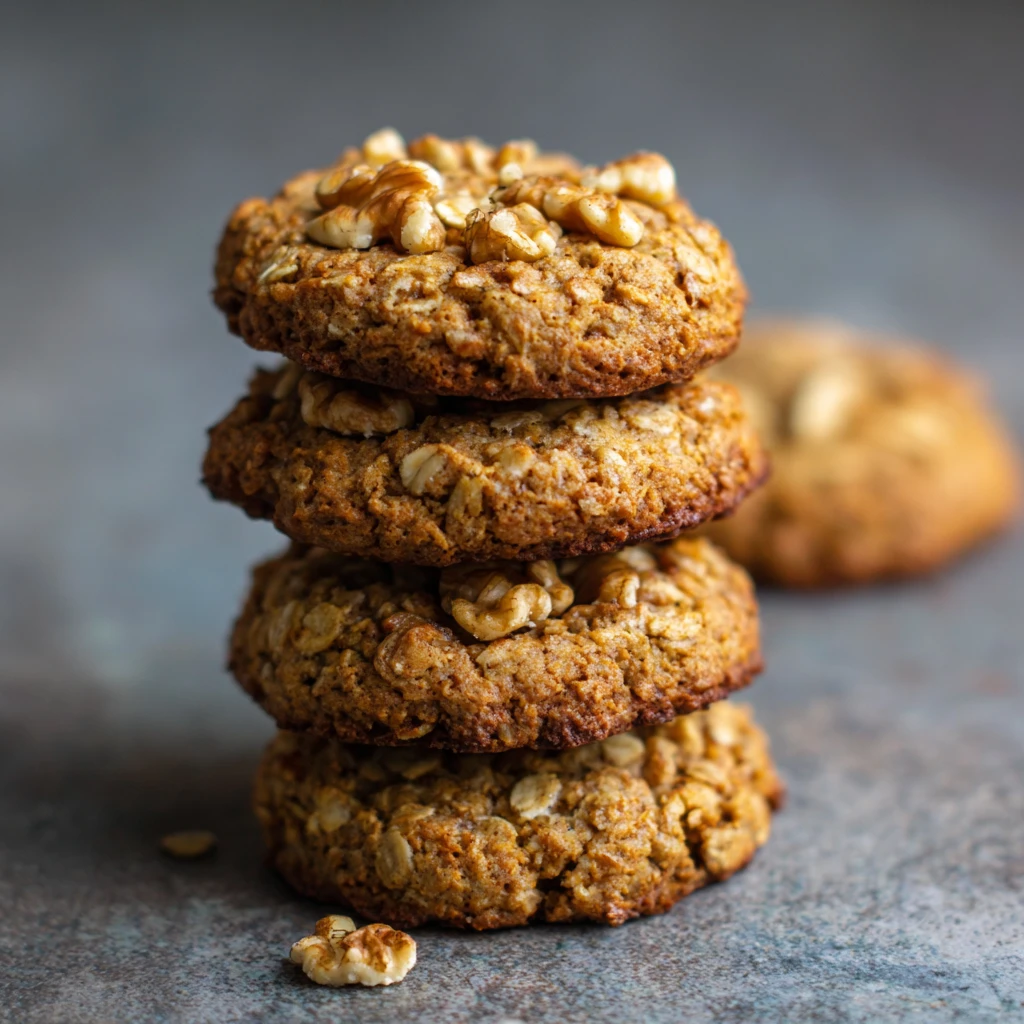
Frequently Asked Questions (FAQ)
Are natural sweeteners healthier than refined sugar?
Natural sweeteners often contain nutrients that refined sugar lacks, and some have a lower glycemic index, potentially leading to more stable blood sugar levels. However, they are still sources of sugar and should be consumed in moderation.
Which natural sweetener is best for diabetics?
Stevia and monk fruit are generally considered safe for diabetics as they have minimal impact on blood sugar levels. Consult with a healthcare professional or registered dietitian for personalized advice.
Can I substitute natural sweeteners 1:1 for sugar in any recipe?
Not always. Some natural sweeteners are sweeter than sugar, and others have different liquid contents. It’s important to adjust the recipe accordingly and consider the flavor profile of the sweetener.
Do natural sweeteners have any side effects?
Some people may experience digestive issues with certain natural sweeteners like sugar alcohols (e.g., erythritol, xylitol) if consumed in large quantities. Stevia may cause bloating in some individuals.
Are all natural sweeteners suitable for baking?
Most natural sweeteners can be used for baking, but some are better suited for certain recipes than others. Consider the flavor, texture, and sweetness level of each sweetener when choosing the right one for your baking project.
How do I store natural sweeteners?
Most natural sweeteners should be stored in a cool, dry place in an airtight container. Honey may crystallize over time, but can be easily liquefied by placing the jar in warm water.
Are natural sweeteners safe for children?
While natural sweeteners are generally safe for children, moderation is key. Limit added sugars in children’s diets and choose whole, unprocessed foods whenever possible.
